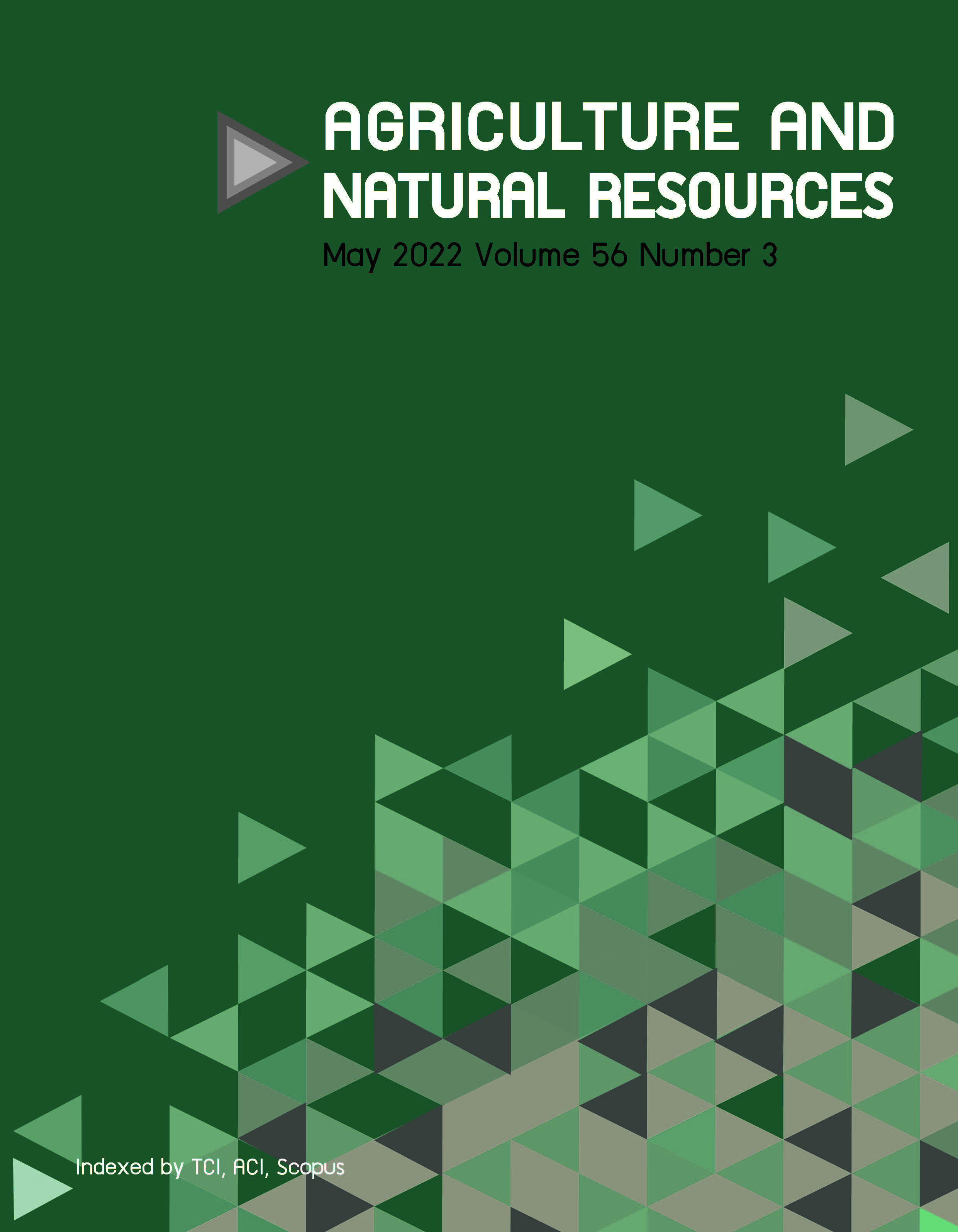Contact effects of kaolin and other minerals on Aphis gossypii Glover (Hemiptera: Aphididae)
Keywords:
Cotton aphid, Direct contact, Mortality, Particle film, Residual contact effectAbstract
Importance of the work: The cotton aphid Aphis gossypii is a polyphagous insect found in tropical, subtropical and temperate regions. Most farmers take preventive or curative measures by applying synthetic insecticides that are usually effective in reducing aphid populations but should be used sparingly to minimize undesirable side effects. The use of natural products, such as minerals, offers a safer alternative for insect control.
Objectives: To investigate the direct contact effect of kaolin and other minerals on the mortality of A. gossypii, as well as the residual contact effects of kaolin.
Materials & Methods: In the direct contact test, each mineral suspension at a concentration of 2% (weight per volume) was sprayed onto A. gossypii adults. In the residual contact test, the adults of A. gossypii were exposed to a kaolin-sprayed chili plant.
Results: Out of the 10 minerals tested, 6 had significant direct contact effects on aphid mortality, with the strongest ones being kaolin and calcite. Further testing of kaolin revealed that this mineral also has significant residual contact effects against A. gossypii, causing mortality and a reduction in the progeny numbers of A. gossypii. The residual contact effects of kaolin were weaker than its direct contact effect and were significantly affected by the age of the residue.
Main finding: Kaolin could be applied as a curative as well as a preventive measure to reduce A. gossypii populations on chili plants. However, the application of kaolin (2%) needs to be repeated every 7 d to ensure its effectiveness in reducing the survival of A. gossypii.
Downloads
Published
How to Cite
Issue
Section
License
Copyright (c) 2022 Kasetsart Universityonline 2452-316X print 2468-1458/Copyright © 2022. This is an open access article under the CC BY-NC-ND license (http://creativecommons.org/licenses/by-nc-nd/4.0/),
production and hosting by Kasetsart University of Research and Development Institute on behalf of Kasetsart University.







